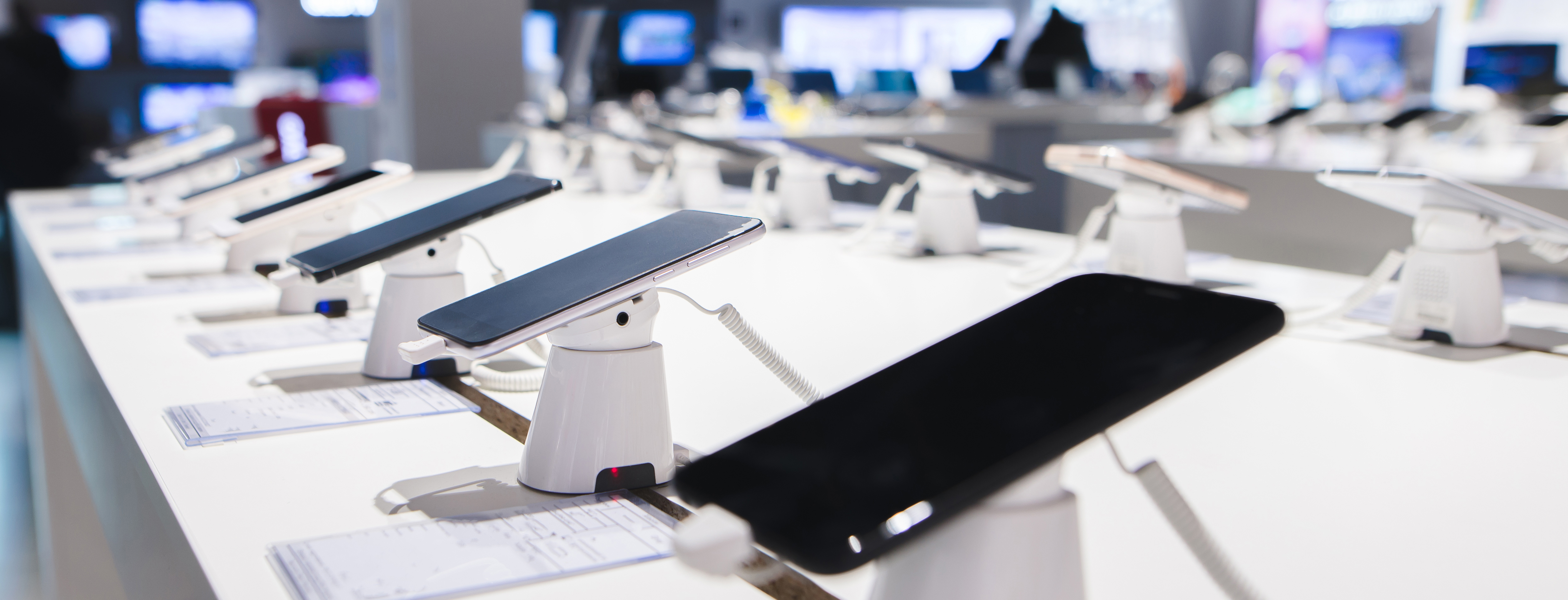
India is Now the Second Largest Smartphone Consumer
How did India become the second-largest smartphone user in the world, second only to China? The answer, simply put, is widespread access to economically priced smartphones and cheap internet plans. Indians can now purchase decent mobile devices for just $20, which means that even the estimated 200 million Indian citizens who live without electricity can connect online. In the year 2000, India had just 10 million internet users, according to CNN. That number skyrocketed to 462 million by 2017. [1]
What caused such a monumental leap? First and foremost, there was a constant decline in smartphone prices, fueled by fierce competition among mobile developers. In 2016, an Indian company called Ringing Bells launched the Freedom 251, dubbed the “world’s cheapest smartphone”. With a 4-inch display screen and a design reminiscent of an iPhone 4, the device costs just $3.60. The website selling the phones crashed on opening day due to demand. However, the country’s best selling devices are mid-range units priced at around 4,000 rupees, or about $60, still low by US standards. [2]
In 2016, India’s most wealthy man, Mukesh Ambani, launched an initiative that would cause wireless usage data to soar to unprecedented numbers in just one year. The founder of Reliance, India’s largest company, Ambani unveiled a new network called Jio, aiming to provide 4G data services all across India. Remarkably, Reliance designated a whopping 20 billion dollars toward the project, building 45,000 mobile towers in just 6 months. Then, in an effort to jump-start the network and entice more consumers to come online, Jio offered 6 months of free 4G data service. Subsequently, the number of Jio subscribers increased by 10 in just one year, to an ~160 million in December 2017.
Number One in Mobile Data: In just one year, India went from 155th place in the list of countries with the most mobile data usage to number one. The mobile consumption revolution will do much more than simply allow more Indians to create Facebook profiles and connect with each other on WhatsApp. Mobile phone use will influence many other sectors, including the digital commerce market, and digital payments. Businesses small and large will be able to reach more consumers through online advertising and pull in larger profits through Internet sales. The digital payments sector is expected to climb to $500 billion by 2020. [3]
Number One in App Downloads: India is also now the world leader in app downloads, generating $2.7 billion in global app revenues. According to the State of App Marketing in India report, India had over 1 billion app installs, 4 billion apps open, 950 apps, $400 million in-app revenue, and 40 million retargeting conversions from January 2017 to January 2018. However, there’s room for improvement in India’s app longevity rate: it’s estimated that 32% of installed apps are deleted with 30 days. [4]
Effects of the Mobile Revolution
The mobile consumer revolution in India could also have a dramatic effect on India’s population in the education, social, and medical fields. Educational apps marketed to children have the potential to foment literacy and encourage learning. Language learning apps may help Indians communicate with others and succeed in both university and business settings. Healthcare apps, now growing in popularity in India, allow consumers to compare the prices of medicine. This is extremely helpful in a country in which citizens must shoulder most of their own healthcare costs. Many hope to see new innovations in technology arise from India’s smartphone boom, which could be shared with the rest of the world, and subsequently help millions of Indians achieve greater financial stability.
Smartphone Manufacturing in India
According to our company Syrma Technology, India’s smartphone market has drastically changed over the past few years. While most phones are currently only assembled in India and not manufactured, government initiatives, such as the National Policy on Electronics, have encouraged global manufacturers to produce phones in India. These incentives include new de-licensing and deregulation measures to eliminate red tape and other bureaucratic roadblocks to increase speed and transparency for foreign-based companies looking to invest. As a result, there was a sharp increase in the total number of smartphone manufacturing facilities in India, which reached almost 50, with a total output of 180 million units, this year.
Companies, like Foxconn and Wistron, have already set up manufacturing and assembling plants in India. Apple is even manufacturing older iPhones in India, and Samsung recently created the world’s largest smartphone assembly plant in the country. By 2020, this new factory will double Samsung’s current smartphone manufacturing capacity of 67 million to 120 million. Other smartphone companies, like Lava and Micromax, have also been making phones in India. Nokia will soon manufacture phone components in India as well.
Looking for angel investment? Contact Tandon Group at info@tandongroup.com to be considered as a candidate for our investment portfolio.






